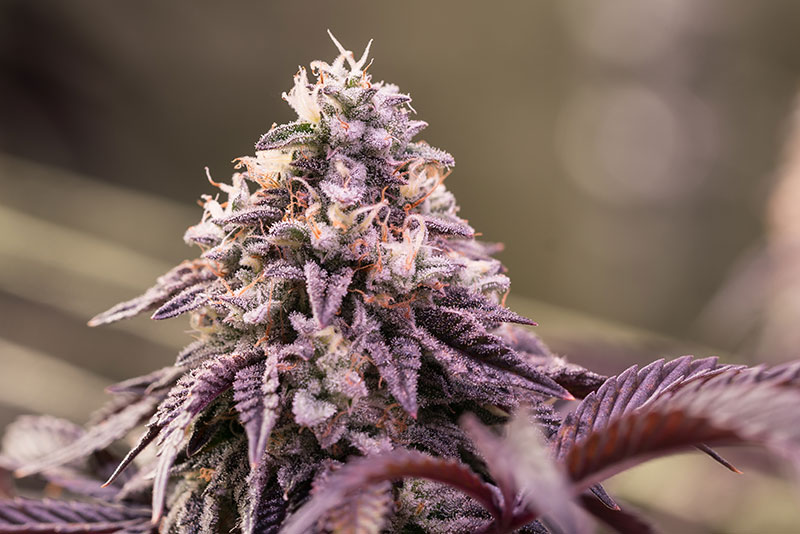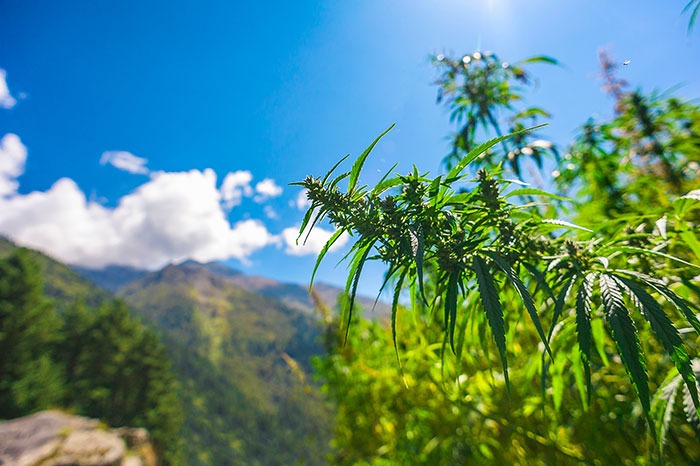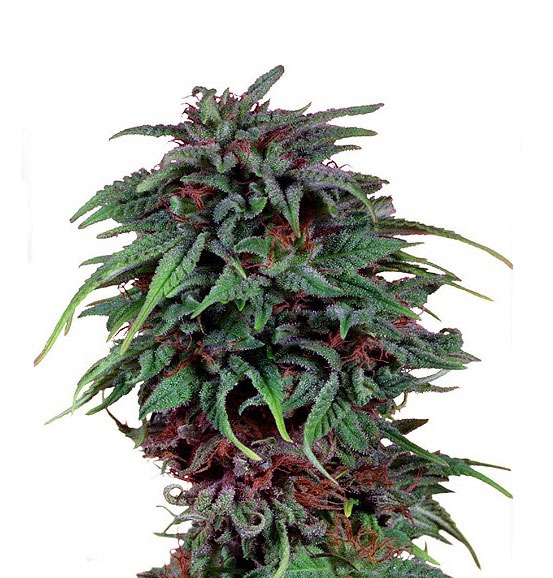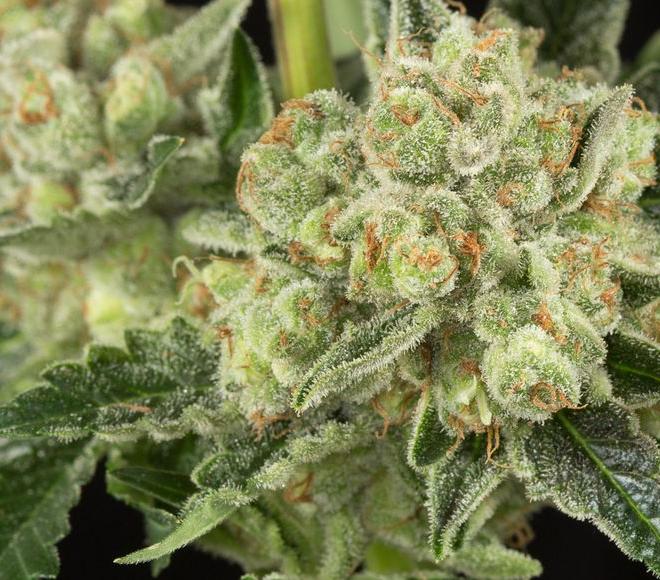The history of our modern cannabis strains and how it all came about
Marijuana breeders are always on the lookout for the next exceptional cannabis strain. The diversity of the cannabis plant is evident in the myriad flavours and effects that allow for endless possibilities for special strains. Over the past 60 years, breeders have used this diversity to create world-famous strains.
As the legalisation of cannabis has progressed in recent years and many countries have relaxed their laws, breeding has also become easier. This is reflected in the development of countless cannabis strains. Some people ask themselves the question: Where do all these strains come from and how did they develop?
Many modern varieties are hybrids or hybrids of hybrids and their origin is complicated. Seed banks and commercial breeders keep their own collection of different strains that cover different needs and a wide range of traits. In addition to factors such as aroma and effects, useful abilities such as high resistance to fungal diseases or growth characteristics are also crucial. Breeders carefully select cannabis plants using the knowledge they have from previous strains.
Although for a long time there was no consensus on the classification of cannabis, 4 cannabis species are now recognised: Sativa, Indica, Afghanica and Ruderalis. The historical background of the development of many cannabis varieties plays a major role and must be taken into account when identifying cannabis species.
Sativas grow tall, have long internodal distances, large slender leaves and a longer flowering time than indicas. Some equatorial strains even flower for up to 5 months. New flowers form over the old ones again and again. Sativas can adapt particularly well to warmer regions where the day length hardly varies throughout the year. Under these conditions, sativas continuously develop well.
Sativa in the Himmalaya Mountains
Indicas on the other hand, are shorter than sativas, have a compact growth and a faster flowering time. The leaves are rather small and pointed compared to Afghanicas or Sativas.
Afghanicas are used to mountainous and cold climates. It was mainly bred for the production of hashish. Their growth is vigorous and compact and the branches thick and hardy. Many Afghanica varieties are simply referred to as Indica, but are also considered by many breeders and experts to be a cannabis type in its own right. Afghanicas often grow to only 2 metres tall, have ribbed stems and fat leaves. Their flowering time is short and the buds dense and firm. Many people have an Afghanica in mind when they talk about an Indicia. Cannabis strains originating from India can come from the mountainous cool regions as well as from the tropical south. The great differences in climate and environment explain the great morphological differences, which is why the Afghan varieties must be considered separately from the Indicas.
Pink Kush by Barney`s Farm is a pure Indica.
Ruderalis plants were first classified in 1924. They are thought to originate from western Russia and central Asia. Ruderalis plants remain small, have broad leaves and are not photoperiodic. They are considered to be the source of Auto genetics and do not require a shortening of daylight to start flowering as do their photoperiodic large relatives.
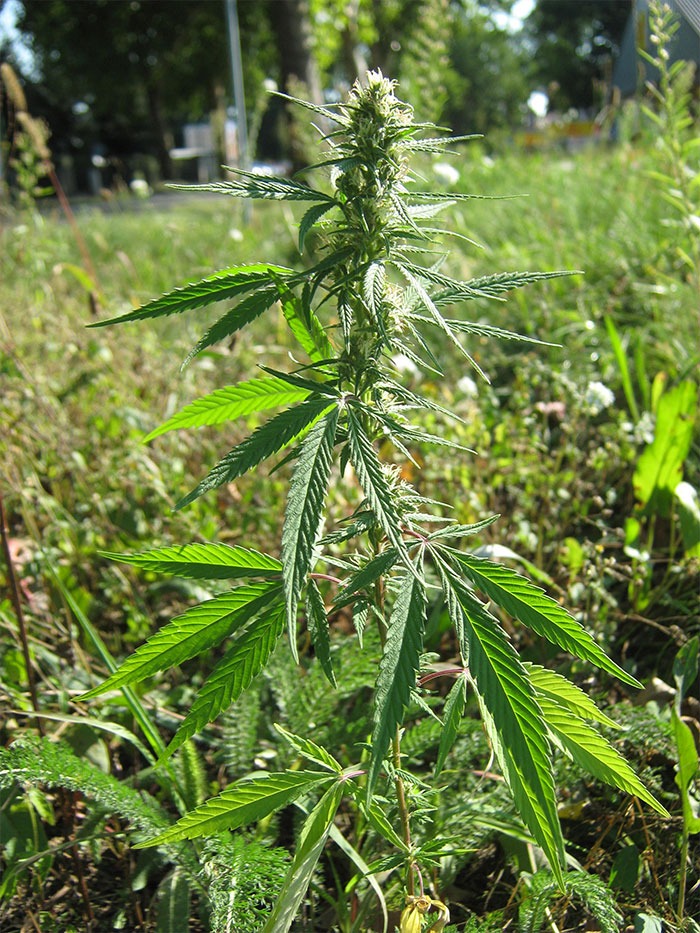
wild ruderalis cannabis plant
Researcher Karl Hillig discovered in the early 2000s that there appear to be two distinct gene pools of cannabis, with All medicinal strains and some cannabis varieties comprise one gene pool and a certain group of European and Asian cannabis varieties comprise the second gene pool. A current debate among researchers is whether these gene pools represent separate species or subspecies. The debate over the taxonomy of cannabis continues to this day.
Without human intervention long ago, cannabis would have been confined to Central Asia because it has limited propagation mechanisms itself. Outside Central Asia, all landrace strains are the result of escaped/wild varieties or strains that were selectively bred by humans and then gradually adapted to their environment over time. On the path that cannabis genetics has taken, there has been further intermingling with wild varieties. It is assumed that even in Central Asia, domesticated varieties mixed with wild ancestors. This makes the existence of pure indogenous varieties quite unlikely.
Multiple factors are responsible for the genetic variation of landrace strains. The combination of environmental conditions and selective breeding by indigenous populations resulted in stable varieties, the ancestors of all modern strains.
Landraces
Where all good things came from
When cannabis growers allow natural pollination and repeatedly produce their own seeds to replant, a kind of natural selection occurs over time. This practice was common among cannabis breeders until modern times.
Factors such as the amount of rainfall, temperature, hours of sunshine, biological stresses (pathogens) and humidity are crucial when it comes to the plant's ability to survive. Certain plants develop traits that allow them to best cope with these stress factors. These plants will eventually produce more pollen and seeds on average than less adapted plants. Therefore, landraces that have undergone an adaptation process over a long period of time cope best with local conditions.
Within a landrace, plants share common traits while retaining a certain amount of genetic diversity of their own. Landraces are the foundation of many modern hybrids that we know today. Particularly well-known landraces are e.g.: Afghani, Durban Poison, Panama Red and Thai.
Thai landraces are pure sativas and have a great historical significance in the world of cannabis breeders who wish to add effective and unique genetics to their program.
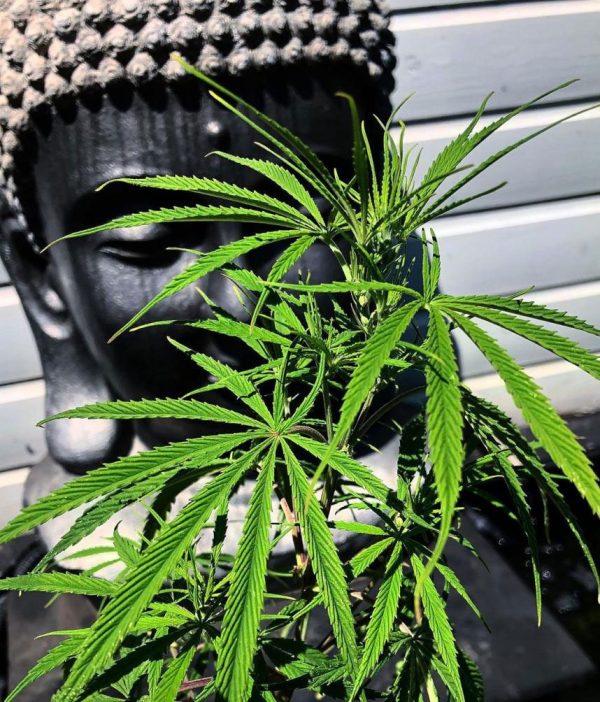
Today's cannabis (seed) market, driven by a widespread obsession with diversity, rarely sees these pure landrace varieties. In the 60s and 70s, seed banks and breeders around the world began collecting landrace strains to preserve and breed with themselves. These strains, called heirlooms, were then propagated and integrated into breeding programmes in other environments such as Hawaii, California and the Netherlands.
Landraces are important for the whole breeding process. They have been selected by nature itself over very long periods of time. This cannot happen in any controlled breeding environment or be imitated so easily.
Most cannabis breeders have selectively bred their strains over time for high THC content, flavourful aroma, high yield and potency characteristics. Landraces still exist and continue to this day all over the world.
How indoor cultivation has created potent new varieties
In the 1960s and 1970s, cannabis was actually only grown outdoors. At the same time, there were first attempts in the USA and Europe to create varieties through breeding that had a shorter flowering time and also a high THC content. The northern Mexican and Jamaican varieties have a shorter flowering time but only little THC. So the breeders crossed these strains with cannabis strains that have a higher potency and come from Panama, Colombia and Thailand. With the help of selective breeding, the world-famous outdoor sativas Original Haze and Maui Wowie were created.
Inbreeding over several generations leads to a homogeneous line with the same characteristics when selected professionally. In this process, sibling plants with desirable characteristics are crossed with each other. Probably the best known inbred line is Skunk #1. In the mid to late 1970s, prudent cannabis enthusiasts brought Afghani landraces to the USA and Europe. There, breeders noticed that the Afghani cannabis strains fit very well with the popular and slender Sartivas.
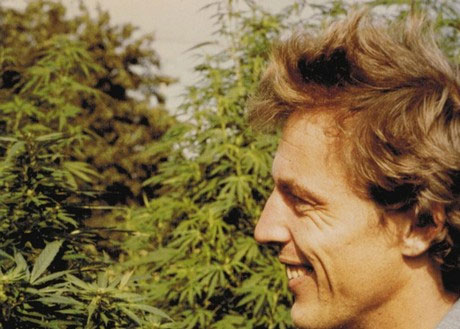
Henk van Dalen, then a biology student and founder of Dutch Passion, thought it should be possible to grow cannabis in the Netherlands. In the mid-80s, people believed that it was impossible to grow high-quality cannabis in such a climate. History has shown that the doubters were definitely wrong.
Strains like Afghani No. 1, Mazar-i-sharif and Hindu Kush were among the first broadleaf cannabis strains to be imported. In the underground, hybrids were created that had both Afghani and Sativa genetics. This is how the Skunk #1 was born and offered to the public in the first seed catalogue in California in 1981. Skunk #1 quickly became popular for its sweet taste and the high it induced. In 1982, the police shut down Sacred Seeds, the first seed bank in California. However, breeder Sam the Skunkman was able to save and preserve the valuable genetics.
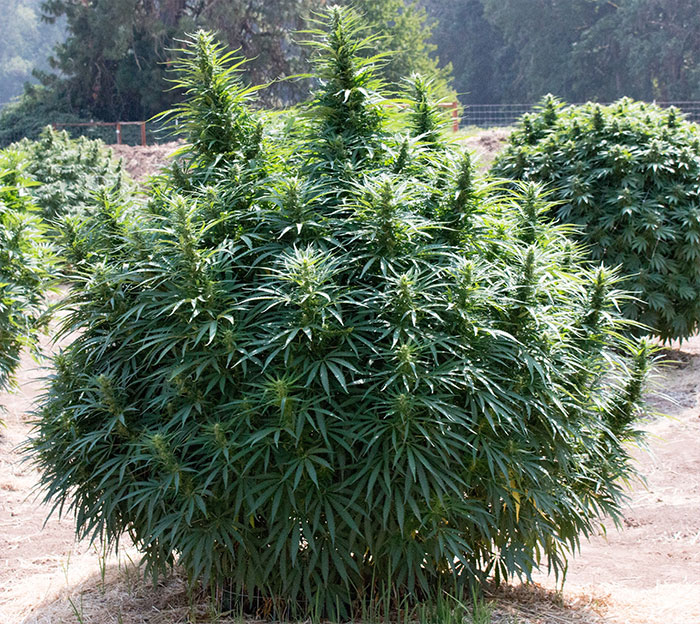
Mazar-i-sharif
In 1980, the relaxed Dutch cannabis laws attracted growers. During this time, several seed banks with cannabis seeds emerged, including Seed Bank of Hollland and Super Sativa Seed Club. Sam brought the genetics with him on his escape from California to Holland and founded a new seed company, Cultivator`s Choice. The relocation of Californian genetics to Holland was a significant and monumental event that would shape the entire future of cannabis in a decisive way. The 1980s became more and more about developing cannabis strains that produced high yields and matured early at the same time. If the plants were smaller, matured early and at the same time gave good yields and potency, there was less risk of being discovered or stolen. Many outdoor grows had and still have to deal with thieves stealing the plants and the harvest.
The breeding work in Holland could be continued without hindrance and developed excellently. In 1988, the first High Times Cannabis Cup was organised. Skunk #1 by Cultivator's Choice took first place, how could it be otherwise?
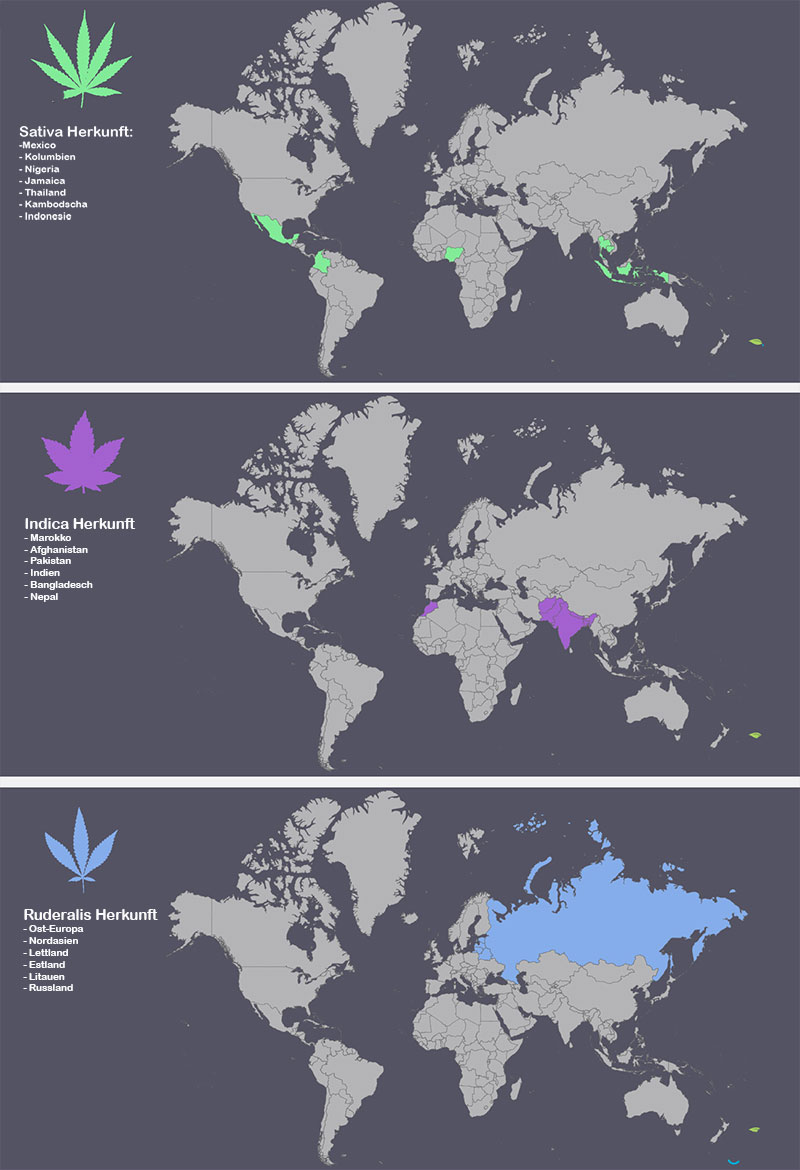
If two true breeding strains are crossed with each other, F1 hybrids are produced, which distribute the characteristics of both parents between the individual plants in an even manner. F1 hybrids have what is known as hybrid vigour. This means the plants are more vigorous, have a better growth rate, more potency and a higher yield than the parents.
Without careful selection and breeding, cannabis plants can become weedy and develop unwanted characteristics. When strains are accidentally crossed or seeds are produced due to inadvertent pollination, plants often develop that exhibit reduced potency, slow growth, unsightly highs and bitter aromas.
By crossing tropical sativa with Afghani, Skunk #1 became an extremely high-yielding strain. The tropical sativas form long airy flowers with little density. For this reason, they dry quickly after rain and are resistant to mould. Afghani plants, on the other hand, are comparatively small and have rock-hard buds. However, they are also adapted to regions with low botrytis pressure, i.e. areas that are dry.
The hybridisation of these opposing characteristics resulted in large, fluffy buds with the right density. This was also the case with Skunk #1, which, however, has a certain susceptibility to mould. It is therefore intended for indoor cultivation or for warm climates with little rain.
Next to Skunk #1, the Northern Lights another important variety that has become the basis of numerous breeding projects. Northern Lights originated in the Pacific Northwest and is considered a pure Afghani inbreed. It sprang from the Dutch cannabis scene and goes back to Nevil Schoenmakers, the founder of the Seed Bank of Holland. In 2000, at least 10% of all Dutch cannabis varieties contained Northern Lights genetics.
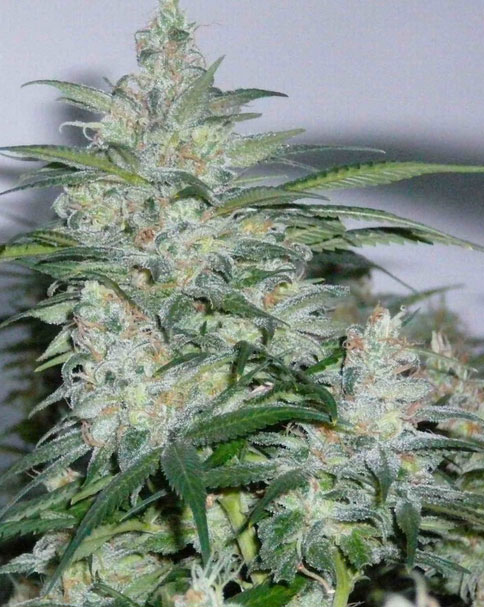
Northern Lights by Sensi Seeds
Schoenemakers produced a number of NL crosses and backcrosses: e.g. NL #5 x Skunk #1, Silver Pearl and Hash Plant x NL #1. In 1991 Schoenemakers sold Seed Bank of Holland to Sensi Seeds. Today, the Seed Bank offers a version of Northern Lights in seed form, which is the result of the extensive crossing of 3 original Northern Lights varieties.
One of the early Dutch varieties is Holland's Hope, which came on the market in the 1980s and is still available today. It has a moderate potency, but matures earlier than many other strains and is designed for the weather in the Netherlands. It was bred from a pool of Afghan hashish varieties and landraces.
Super Silver Haze by Greenhouse Seeds is an excellent NL hybrid with classic Haze flavour, the smell of cedar and a psychedelic activating high that enhances colours. Although Haze strains have been available in the Netherlands since the early 1980s, they only gained popularity in the 1990s when interest in very aromatic and exceptional strains increased. In 2000, about 50% of all cannabis strains in the Netherlands contained original Haze genetics.
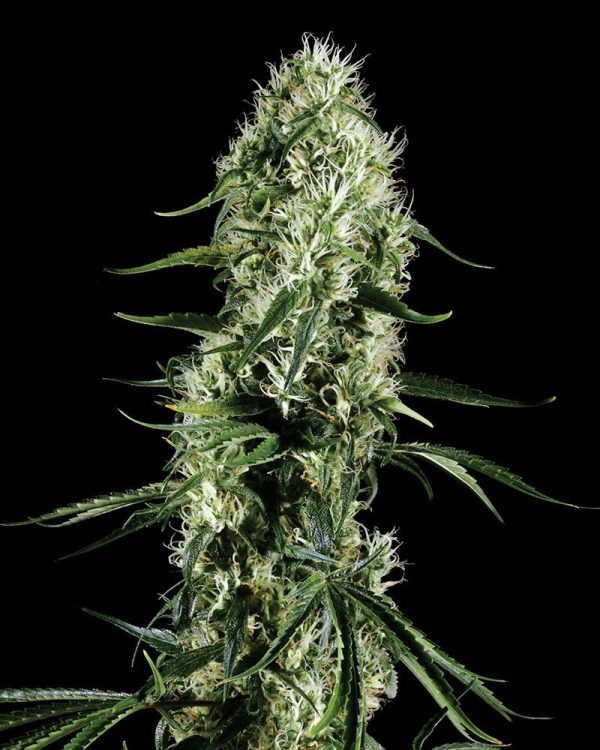
The classic Blueberry by DJ-Short is a stabilised Afghani-Sativa hybrid strain that hybridises very well with other strains. The extremely breed-compatible strain has been used in countless hybrids. Already since the 1980s, purple coloured strains became increasingly popular. Many growers discovered that indica/sativa hybrids often turn purple, red or bluish when exposed to colder temperatures.
Other cannabis strains like the Big Bud, Hash Plant or G-13 were brought to the Netherlands as rooted clones. There were never any male plants for these varieties, which is why commercial seeds were created by crossing them with another male variety. In 2000, about 150 different cannabis strains were offered by Dutch seed banks. 80% of these strains contain genetic parts that first came to the Netherlands before 1985.
In the search for quality cannabis genetics, experienced breeders went back to some original sativa strains. By crossing the original sativas into existing sativa-indica hybrids, breeders have been able to improve aroma and increase potency. Thus, professional breeders are constantly on the lookout for new exotic cannabis genetics. Pure unhybridised indicas are a valuable source for breeding work. More recently, cannabis genetics have been reintroduced from Pakistan and Afghanistan.
Sativas from South Africa have recently become popular with many outdoor growers because they mature earlier than many other sativas and still deliver an activating and stimulating high. Pure South African strains are designed to grow on the equator and often mature as early as August. At the same time, these strains are smaller, often less potent and produce high yields. Hybrid crosses of pure Indicas and Indica-Sativa hybrids usually produce early-maturing, highly potent, finely aromatic and at the same time high-yielding varieties.
Durban Poison originates from South Africa and also has a rather high THC content of up to 24%.
Find the best bud
Until the development of OG Kush hardly any other strains had as much influence on further breeding as Skunk #1 and Northern Lights. OG Kush OG Kush has one of the most intense aromas and its THC content can easily exceed 25%, making it an enormously potent strain. Hybrids of OG Kush are now as ubiquitous in seed banks and their strains as the famous strains of the past. One advantage is that plants can be assembled closer together.
Since the 1990s, new exotic landraces and varieties have been increasingly integrated into the breeding work to emphasise special flavours and further enhance potency. Especially landraces from Brazil, India, Kashmir, Korea, Nepal, Africa and other distant regions were used. Today, it has become difficult to find more new and potent as well as original and exotic varieties.
And then came CBD
The interest in cannabidiol has increased enormously in recent years. Due to the medicinal properties of this cannabinoid, strains with a high CBD content are popular with many medicinal growers. CBD is mainly found in hemp plants. Modern CBD strains focus on a high CBD content instead of a high THC content.
Breeders have developed cannabis strains that produce both THC and CBD. A well-known and classic CBD strain is Cannatonic from Resin Seeds. This strain has a 1:1 ratio of THC to CBD and therefore produces a very relaxing effect.
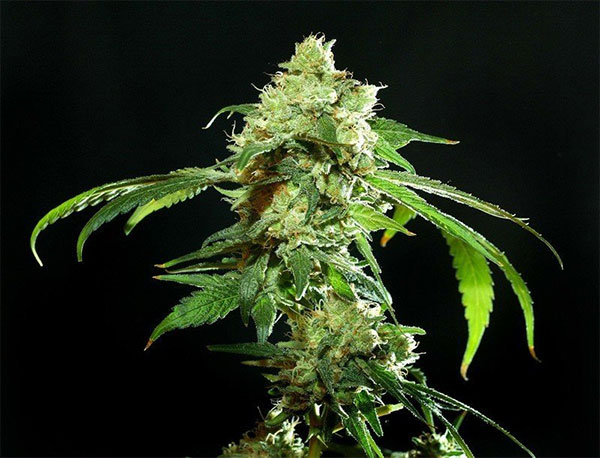
Due to the improved legal status in some parts of the world, we are about to see a wave of cannabis cultivation success. With the emergence of indoor, outdoor and greenhouse techniques, research and technology, we will see the development of more strains on a larger scale. The knowledge of cannabinoids, terpenes and their interdependence and interaction, as well as modern analytical techniques, are opening up new opportunities for cannabis breeders to develop new and valuable cannabis strains.






